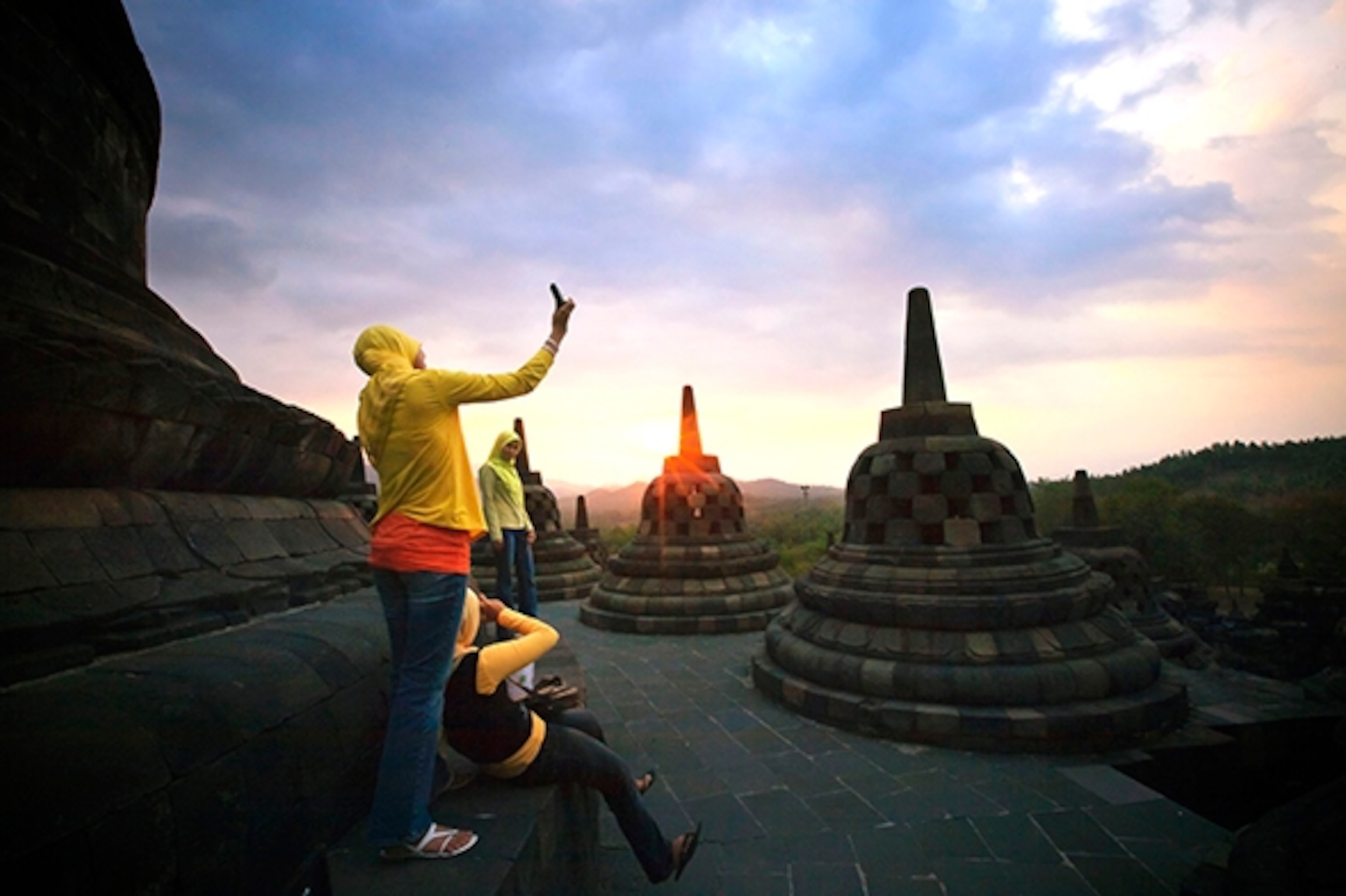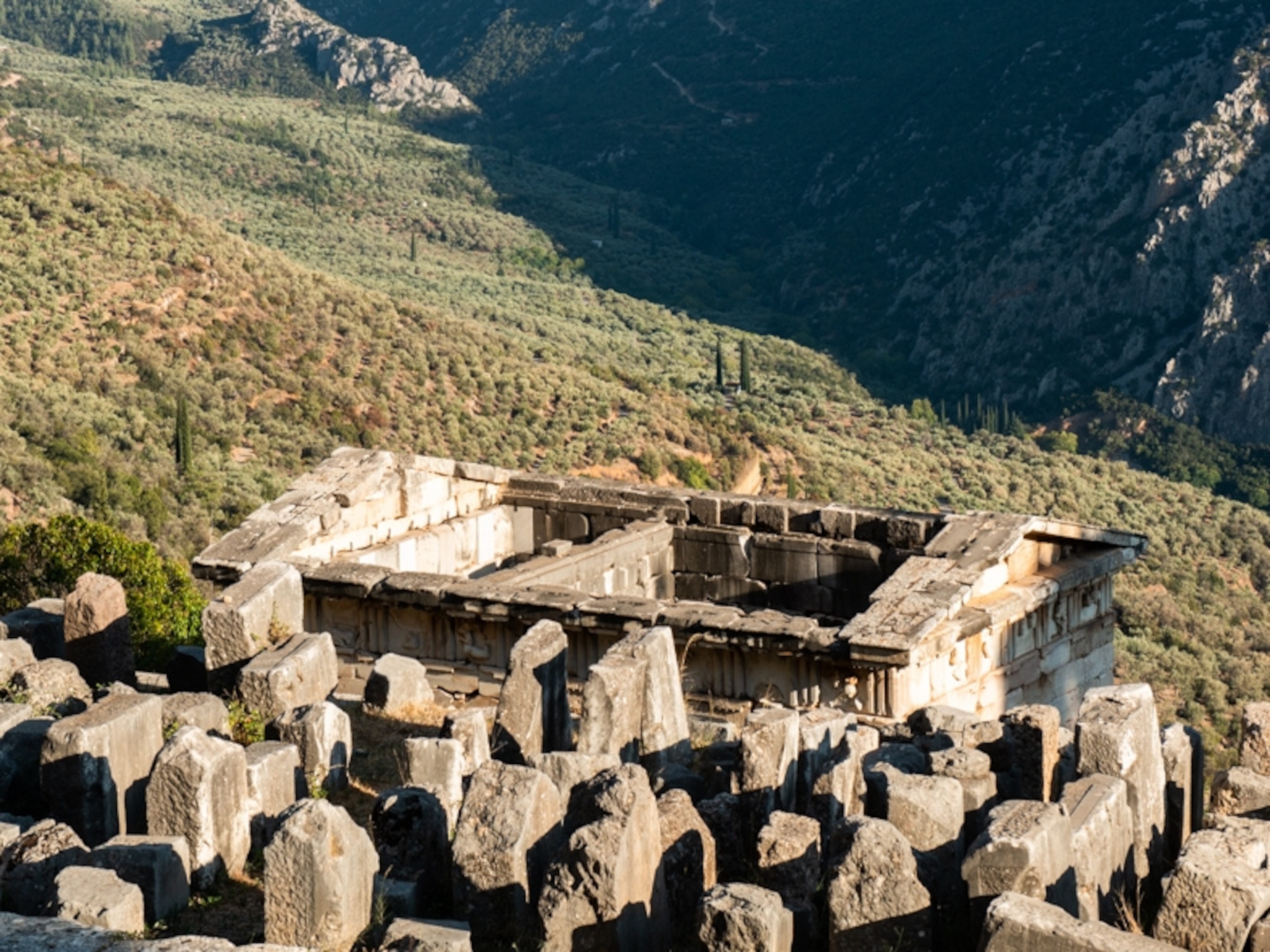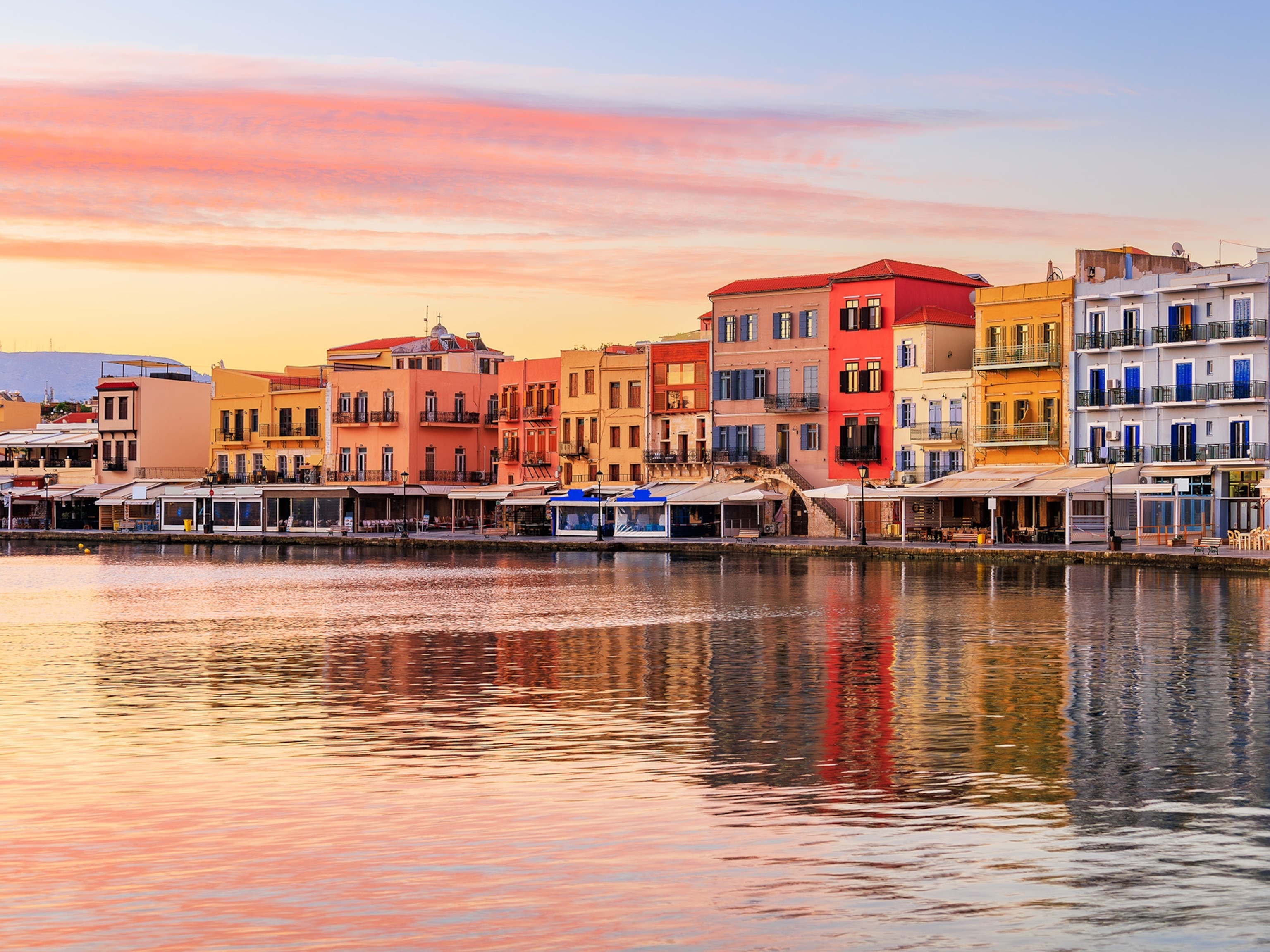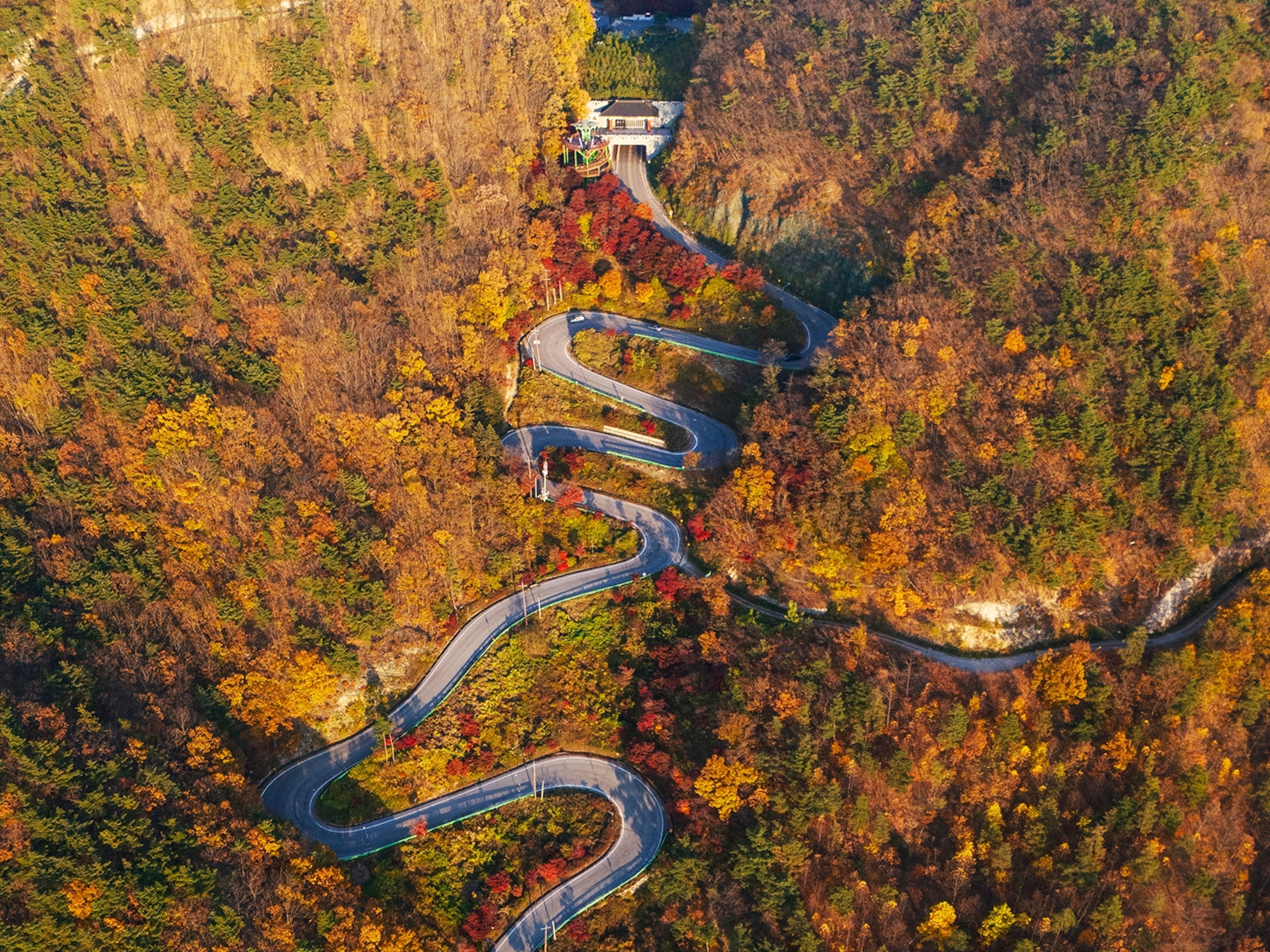
Java’s Ancient Buddhist Masterpiece
Two hundred years ago, British statesman Sir Thomas Stamford Raffles rediscovered the sprawling temple of Borobudur on a remote hilltop in Java, Indonesia, hidden under a tangle of thick jungle.
Today the shrine endures as a symbol of quiet resilience—the world’s largest Buddhist temple, located in a country with a Muslim majority.
If the UNESCO World Heritage site seems to rise above political unrest and economic instability like a lotus blooming in muddy water, that’s by design. Eighth- and ninth-century builders laid out the complex to mirror the form of the sacred flower.
Erected during the Sailendra dynasty, which ruled the island of Java for a hundred years, the temple consists of 72 stupas along nine mounting terraces—a physical representation of the stages in the path to nirvana.
Nearly 1,500 bas-relief carvings telling epic narratives scarcely scratch the surface of the stories Borobudur could recount, including a 1985 bomb attack and the 2010 eruption of nearby Mount Merapi. Volcanic ash rained upon Buddhas that sat undisturbed in their bell-shaped stupas, protected by the original perforated chambers.
As dawn breaks, visitors follow schoolgirls in headscarves and monks in saffron robes along the circular platforms. The prayerful walk is more than three miles long–and more than a thousand years old.
- Travel Tip: Begin ascending the monument at the eastern stairway; walk clockwise around each of nine levels before peaking.
- Travel Trivia: Thomas Stamford Raffles, who first brought Western attention to Borobudur in 1814, founded Singapore.
- National Geographic Expeditions
This piece, written by Suzanne Wright, originally appeared in the May 2014 issue of National Geographic Traveler magazine.





